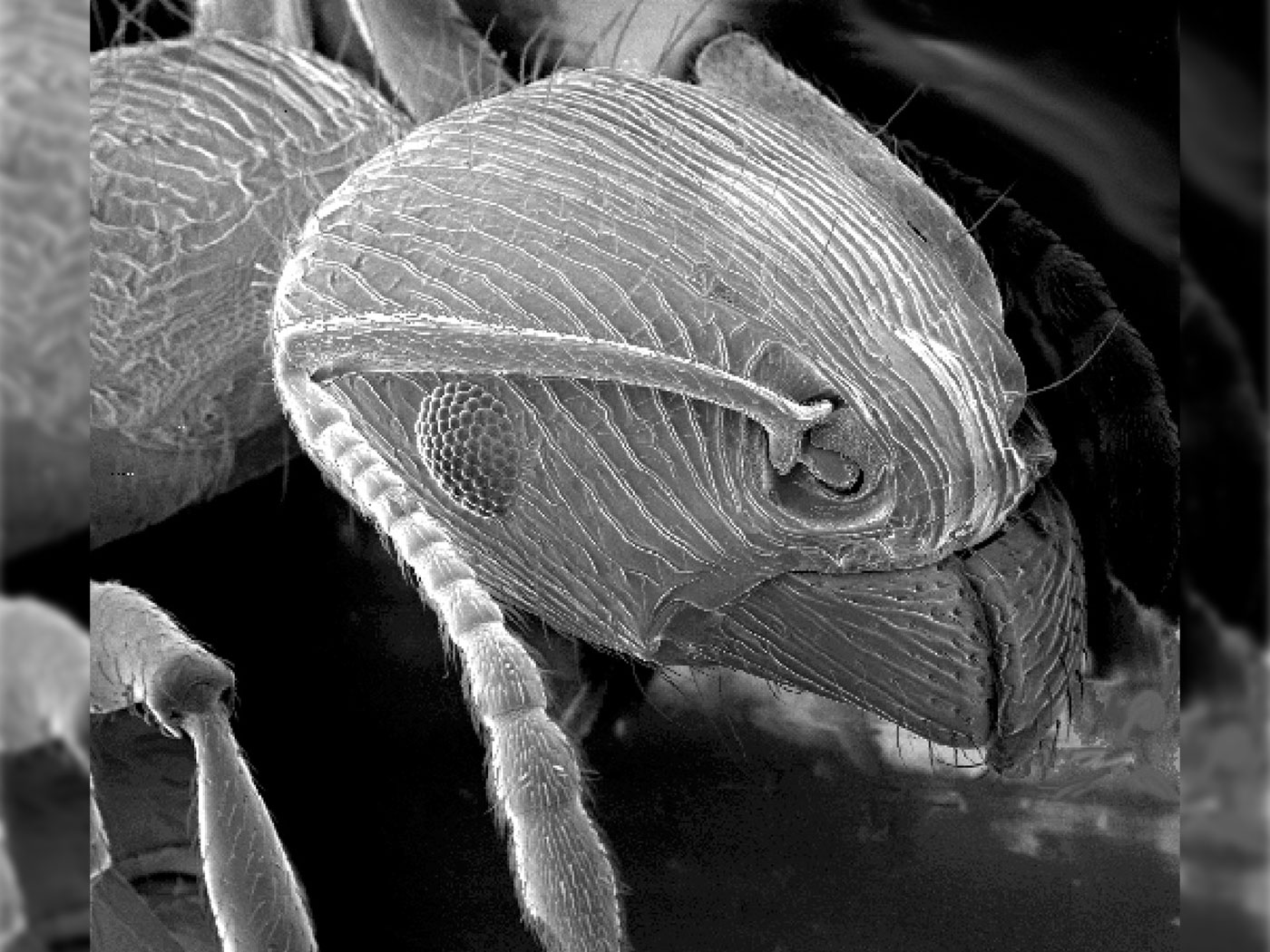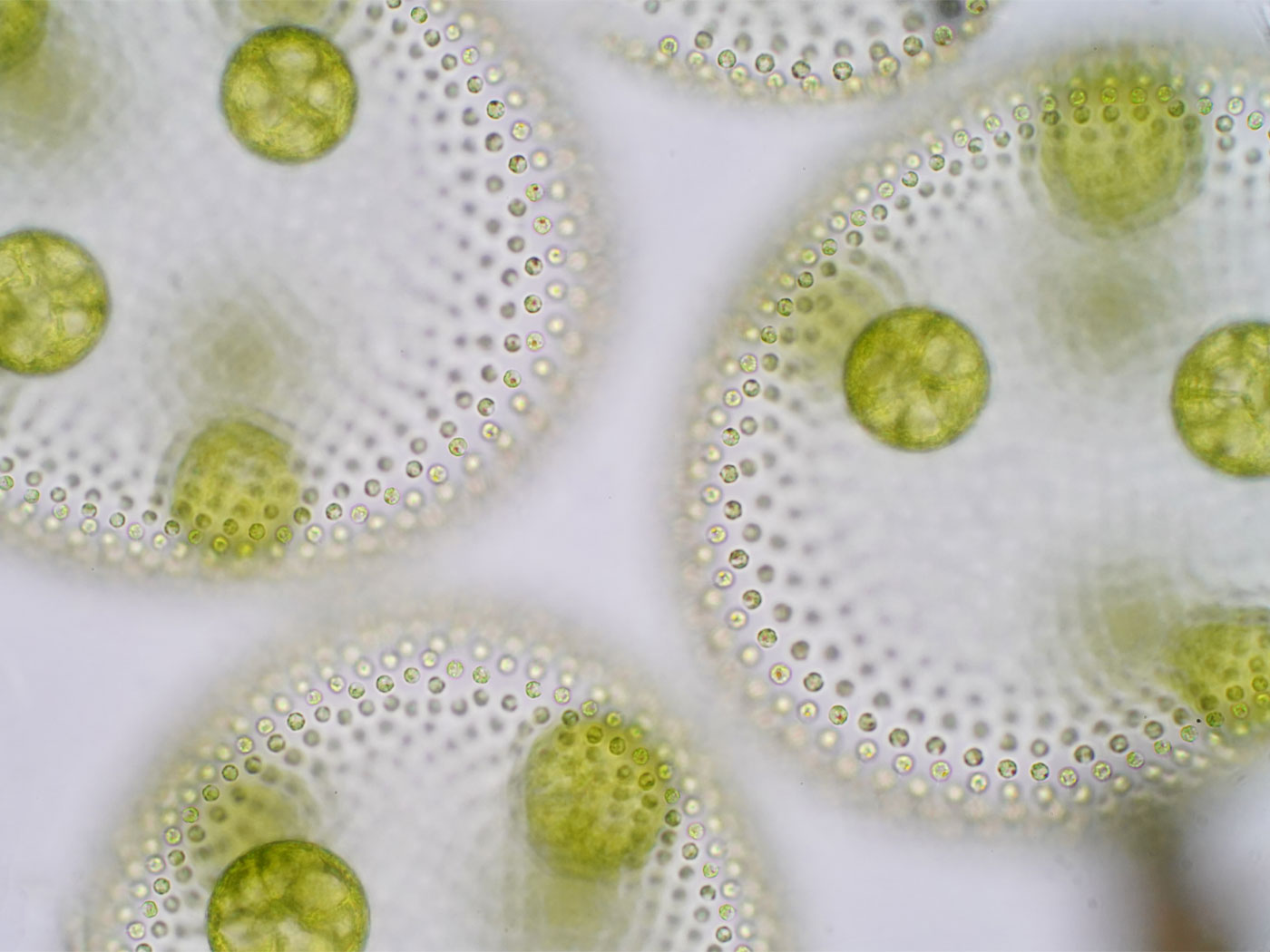Yellowstone National Park surpasses all other sites in the United States for its petrified wood, for here is found large amounts of it, in an exquisite state of preservation. In and around Yellowstone Park, erosion has exposed in cross sections an incredible sequence of rather flat-lying rock layers, each containing numerous petrified trees. Many of these trees are upright, in growth positions. The question remains, are they in growth location?
The argument as presented to lay people, and as reflected on the roadside marker, includes the growth and petrification of a series of forests, as well as the erosion of the hillside. Each layer contains the remains of a mature forest, we are told, with petrified trees discovered in many layers containing as many as 1000 or so tree rings. Following burial of the standing forest in volcanic ash and other debris, the trees petrified. Meanwhile, the ash exposed on the surface weathered into clay and eventually into a soil suitable for growth of a new forest. This is thought to take 200 years or so.
At Specimen Ridge, 27 successive layers have been claimed, but at nearby Specimen Creek, over 50 have been counted, each requiring the lengthy burial and decomposition process described above. Obviously, the total time for the deposition was at least tens of thousands of years (Fritz, 1985).
Erosion of the hillside, which exposes the layers particularly evident at Specimen Ridge, proceeds slowly also, probably requiring more time than the deposition in a uniformitarian model. This would have occurred after the most recent series of volcanic episodes. When this time is added to the time needed for deposition, the total time becomes incompatible with the straightforward Biblical time scale.
In more technical presentations, evolutionists allow for more variety in dispositional models (i.e., Fritz 1980). Instead of a rigid adherence to forests buried where they stood by volcanic ash fall, geologists are free to propose forests growing on a broad, flat, flood plain, adjacent to volcanic highlands. Mud flows, associated with eruptions, buried some trees where they stood, but moved others to their final locations, occasionally in upright positions. Trees and plant remains of several habitats are thus mixed together.
But the total time needed for petrification doesn't change. The individual layers still represent different episodes of volcanic activity and separate forests. Discussed below are several factors to consider.
Interestingly, no animal fossils have been discovered in association with the abundantplant material—no mammals, no birds, no insects, no earthworms. While more mobile animals could potentially escape a mud flow, it does seem curious that none have been found if this deposit represents a standing forest.
Researchers have found an amazing diversity of plant species represented in the individual beds. Including pollen, up to 200 species have been identified from a wide range of ecological habitats, seemingly far too wide to have originated in one standing forest. Some species are from semiarid deserts, others are from rain forests (Coffin, p. 139). Many representatives of temperate climates are present, but so are fruit trees. Significantly, the pollen and leaves present are from species other than the trees.
In many growing trees, the root systems are larger than the tree itself. In the Specimen Ridge trees, however, the roots abruptly terminate at ground level, or in some cases with a "root ball"—individual roots having been broken. The older trees are sequoia, the same species as those which today grow to be thousands of years old and are virtually immune to disease and pests, and resistant to fire. They have no bark or branches. They are typically found with younger trees, in the 30 to 40-year-old range. It is interesting that none significantly older have been found and that few are intermediate between the two groupings.
Seldom reported is the fact that some of the upright trees transgress into the layer above or below. If the trees in the overlying layer give evidence of being more than a few years old, there would be sufficient time for any protruding snag or trunk to decay. In the most publicized area of Specimen Ridge, one upright tree terminates within the root ball of an upright tree in the overlying layer. Yet these trees typically show clearly preserved tree rings with no sign of decay.
Coffin (p. 137) and others have measured the orientation of prostate trees and the long axis of the vertical trees and have found a similarity of orientation. This orientation could be accomplished by moving fluids, but would not be present in a standing forest, especially with a rather flat floor.
Growing forests possess a well-developed soil and humus layer, consisting of organic debris from the trees and plants, but also abundant animal life. Investigators have found fossilized remains of leaves and needles (but rarely cones) which they interpret at the original floor of the forest. The organic level also contains short rootless only radiating from the larger trees. The organic level, when present, is usually near the root level of the trees but is completely missing from many layers.
Often the fossil plant material displays precise preservation. But fragile leaves would decay rapidly once deposited on the floor. Newly fallen ones would be on the top, while earlier ones would be being altered by decay beneath. The ancient "soils" do not show this profile of differential decay. Often the organics are mixed in with the volcanic sediments. As noted by Coffin (p. 142), the organic levels extend laterally, but split and recombine and usually terminate abruptly. The average organic level is only about three centimeters thick, too thin for a well-developed forest soil.
These fossil organic levels are nearly horizontal, but in growing forests (particularly those on the flanks of volcanoes) the ground surface may be at a severe angle. Even a horizontal forest covered horizontally by volcanic ash or mud would, in just a few years, develop stream drainage, but no such topographic relief has been reported.
Thin sections of these organic-rich zones show clear evidence of water action and none of active soils (Coffin, p. 143). While finer grains predominate, normal grading is clearly present in most, with coarser grains below, fining upward, and it includes inorganic volcanic ash in the sequence. Occasional reverse grading has also been found. Thin laminations are present, clear indication of deposition by moving fluids.
Finally, the "soil" layers possess no clay (Coffin, p. 145), the altered remnant of volcanic ash. Time is needed to weather the ash into clay, so the absence of clay implies the lack of much time having passed between layers.
Specific volcanic sources are hard to trace in this intensively active area, but Fritz (1985, p. 14) and others have speculated that two long chains of volcanoes were erupting all at the same general time, with a narrow valley between them. As the volcanoes erupted at intervals, mud flows may have inundated a specific area from any one of a number of specific vents. In between the individual eruptions, forests grew on the previous deposit. These debris flows (or lahars) transported some logs and other material, while burying others in growth location (Fritz, 1980). But as we have seen, this view does not address all the issues.
As Coffin has pointed out (pp. 146-148), the beds of volcanic breccia are extremely variable and highly discontinuous. They inter tongue with finer grained ash beds throughout the area. The beds of all types are nearly horizontal, and it is difficult to envision mud flowing for long distances over dry land with such low dips. However, similar deposits have been observed to form underwater.
The study of tree rings provides insights into the history of a tree. Wet seasons, droughts, insect infestation, frost, and unusual weather patterns can all be discerned from tree rings. By comparing the ring patterns from trees of overlapping life spans, a chronology of past events can sometimes be constructed.
Much effort has gone into developing such a chronology for long-living trees whose remains are still in a woody condition. The bristlecone pine has been used in the southwestern United States, while the oak has been developed in the United Kingdom. These are further used to calibrate radiocarbon dating.
Contrary to common belief, dendrochronology is not a simple exercise. Two trees, growing side by side at the same time, will not necessarily have identical tree-ring geometry. Rings from one side of a tree will not identically match those from the opposite side.
In order to correlate the rings, investigators look for a signature pattern, a unique series of thin and thick, wet and dry, etc., years involving a series of at least several rings. The specific thickness of an individual ring may not be important, but the thickness and characteristics relative to other rings form the basis for recognizing the signature. Theoretically, closely spaced trees growing at the same time, and enduring the same general conditions, should display similar patterns in their rings, in at least some cases.
At the Specimen Creek fossil forests, tree-ring patterns from several layers have displayed a recognizable signature (Arcs, 1991). This demonstrates that at the traditional interpretation of those trees and layers as consecutive forests and volcanic episodes does not seem to be supported by the data. The large tree stumps did not grow in place, as evidenced by the broken root systems, the lack of suitable soils, the diversity of plant species, and the lack of animal fossils. The trees are oriented in a preferred direction, unlike modern stands of trees. Moving fluids must have been involved in the deposition of the geologic materials and the transportation of the trees from elsewhere. Mudflows of volcanic material must have come in pulses, the time between which was less than it takes for leaves to suffer decay. Water must also have been involved in producing the graded and laminated sediments and the orientation of trees, while the matching tree-ring signatures demand that at least some of the trees in different layers grew together.
Coffin (p. 150) has proposed that "volcanic activity in the Yellowstone region occurred while the area was at least partly under water. Trees, some vertical, were carried along in mud and gravel, or floated in the water along with organic debris. As trees and vegetable matter became water-saturated, they settled down onto the breccia at the bottom. Within a relatively short time, another slide moved over and around the trees and organic debris. Before the appearance of each succeeding breccia flow, more trees and organic matter descended to the bottom or were spread about by the flows. Thus layer upon layer of trees and organic zones built up in a relatively short period of time."
Could it be that the larger trees, observed to have been on the order of 1000 years old, lived during the 1656 years between Creation and the Flood? Dislodged by the Flood waters, they floated through the Flood, with bark and branches being abraded off. Once the Flood ended, they settled to the ground where sprigs and seeds sprouted and grew.
But the years following the Flood were rife with volcanic activity and the ground surface remained saturated with much standing water. Perhaps post-flood volcanism relocated the older dead and younger living trees in associated mudflows with some of each retaining an upright posture, as has been observed at Mount St. Helens.
Thus we have seen that a classic argument for errors in the Bible is itself in error. The evidence, while difficult to interpret fully, supports Biblical history. This area was visited by a hydraulic and volcanic catastrophe of dramatic proportions with these layers deposited either during the year of the grea tFlood, or in the years closely following.
- Fritz, W. J., Roadside Geology of the Yellowstone Country (Mountain Press, 1985), 149 pp.
- Coffin, H. A., Origin by Design (Review and Herald, 1983), 494 pp.
- Arct, M. J., "Dendroecology in the Fossil Forests of the Specimen Creek Area, Yellowstone National Park," Ph.D. dissertation, Loma Linda University, 1991; See also his M.S. thesis "Dendoecology in Yellowstone Fossil Forests," 1979.
- Fritz, W. J., "Reinterpretation of the depositional environment of the Yellowstone 'fossil forests,'" Geology (1980), vol. 8, pp. 309-313.
* Dr. John Morris is Vice President of the Institute for Creation Research, popular speaker on Bible/science topics, professor of geology, and author of many books.













